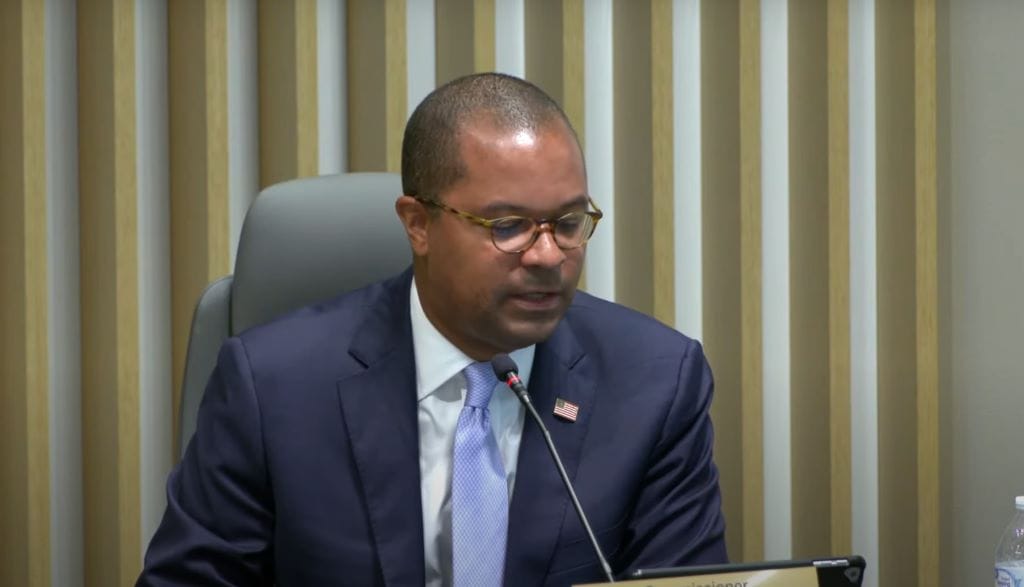FCC Seeks Comment on Higher Broadband Speeds and Increased Security Measures for Certain Carriers
FCC will consider raising the speed standard for certain carriers that receive fixed monthly funding from the agency.
Teralyn Whipple

WASHINGTON, May 19, 2022 – The Federal Communications Commission voted at its open meeting Thursday to seek comment on enhancing the Alternative Connect America Cost Model program, which would raise speed deployment obligations and align security goals with the Infrastructure, Investment and Jobs Act.
The ACAM program, established in 2016, provides fixed monthly funding to certain carriers serving high-cost and hard-to-reach areas in return for commitments to provide broadband service to all eligible locations.
The ACAM broadband coalition requested that broadband deployment obligations be raised from the current federal standard of 25 Megabits per second download and 3 Mbps upload to 100/20 Mbps, the standard now set by the IIJA that will then be required of ACAM carriers to deliver.
Baseline cybersecurity proposal
The FCC is also requesting comment on whether it should “require A-CAM carriers and carriers receiving high-cost support to have a baseline cybersecurity and supply chain risk management plans.”
Commissioner Geoffrey Sparks indicated that the FCC will focus its efforts on harmonizing ACAM’s modification proposal with cyber security standards indicated in the Broadband, Equity, Access and Deployment program, which is managed by the Commerce Department’s National Telecommunications and Information Administration and that will be disbursing billions in broadband infrastructure funding.
“Networks that are subsidized or built with federal funds must be secure,” Sparks said. “This is evident in the constant barrage of attacks on American networks from hostile state and non-state actors.”
FCC Chairwoman Jessica Rosenworcel, who said the FCC is looking to align its goals with the IIJA, concluded that “this is not the only effort we’re making to ensure that new broadband programs are working hand-in-glove with long-standing FCC efforts.”








Member discussion